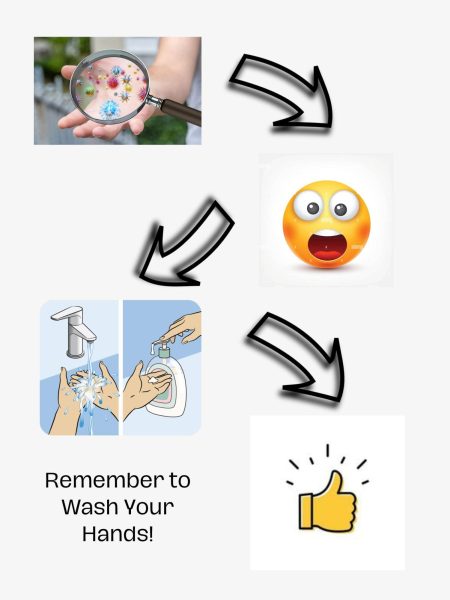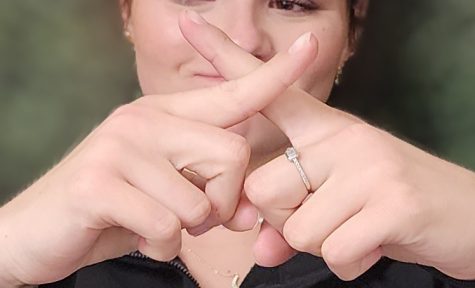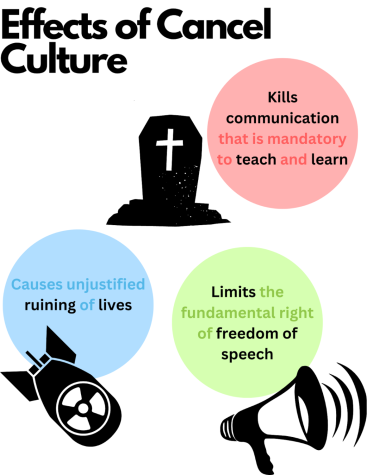School Dress Codes Promote Gender Stereotypes
March 5, 2021
Editorial Policy: Articles with bylines in the opinion and editorial sections reflect the opinion of the writer and not of the entire staff or student body.
Gender roles have been a social construct around for many years, however, they do more harm than good and force students into categories, ignoring those that do not identify with either side. Enforcing such structure eliminates students’ ability to express themselves and causes a toxic learning environment.
Dress codes often enforce these stereotypes by targeting gender non-conforming students. For example, dress codes with rules against nail polish, earrings, long hair, and makeup for boys actively target boys who prefer to present femininely. These rules encourage the idea that feminine expression from boys is something to be ashamed of. On the other hand, there are also rules that prevent girls from doing things like shaving their head. These rules all claim to keep an “orderly appearance” in schools, but all they do is enforce toxic masculinity and gender stereotypes. Men who were told as a child to not express emotion or cry, a common gender stereotype for them, grow up mentally unstable. They are either emotionally unavailable or short-tempered, and force those ideals on the boys of the younger generation.
These rules also cause problems for transgender and gender non-conforming students. Students who have not been able to transition, or who simply have a different gender expression, are forced to comply with the gender binary. For those with gender dysphoria, a medical and psychological diagnosis in which people whose gender identity differs from their assigned sex at birth, this can be a particularly difficult problem. Gender dysphoria can cause severe distress, anxiety, and depression, as well as a multitude of other psychological issues including suicidal thoughts. These issues are only heightened when paired with academic rigor and a learning environment in which they cannot express themselves.
Mental health of students in school is a commonly discussed topic, and part of the problem is the lack of expression and the resultant bullying that heightens stress. Telling students that men should fit a certain stereotype and not stray from it, and vice versa, encourages the idea that anything outside of those stereotypes is wrong and they bully their peers for it. It perpetuates the idea that these people have chosen to be that way, or that they are not human because of it. Being called slurs for not presenting in a way that fits the gender stereotype is very common in schools.
It is very important for society as a whole to step back and reconsider the boxes that they are cramming the younger generation into. All this does is breed prejudice and put those who do not fit those stereotypes in danger. Young students need a place to express themselves without fear of injury or ridicule, and that starts with abolishing the current view most have of so called “gender norms” and encouraging expression for everyone.











abby coleman • Mar 18, 2021 at 4:58 pm
We need more people like this!!